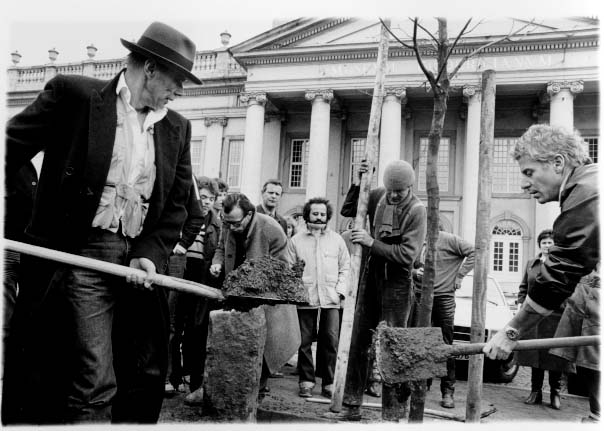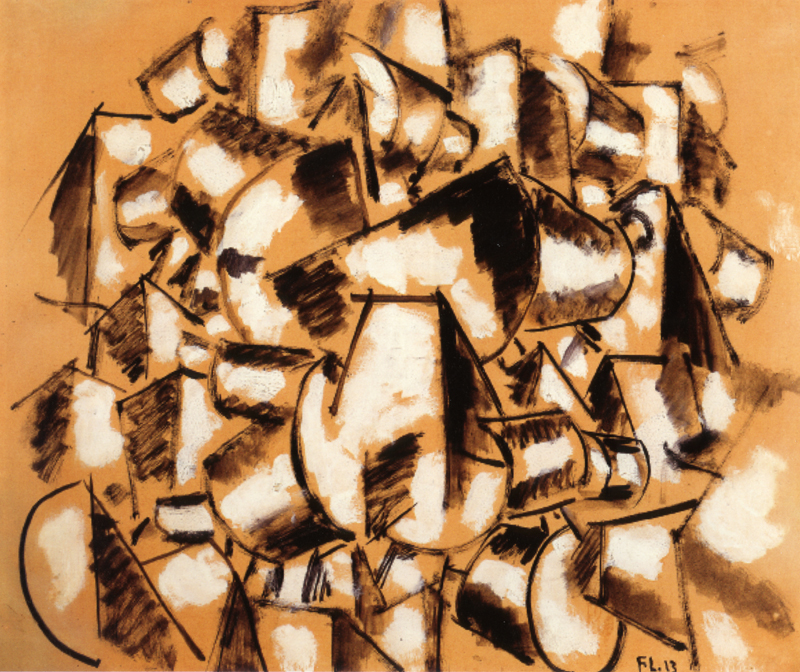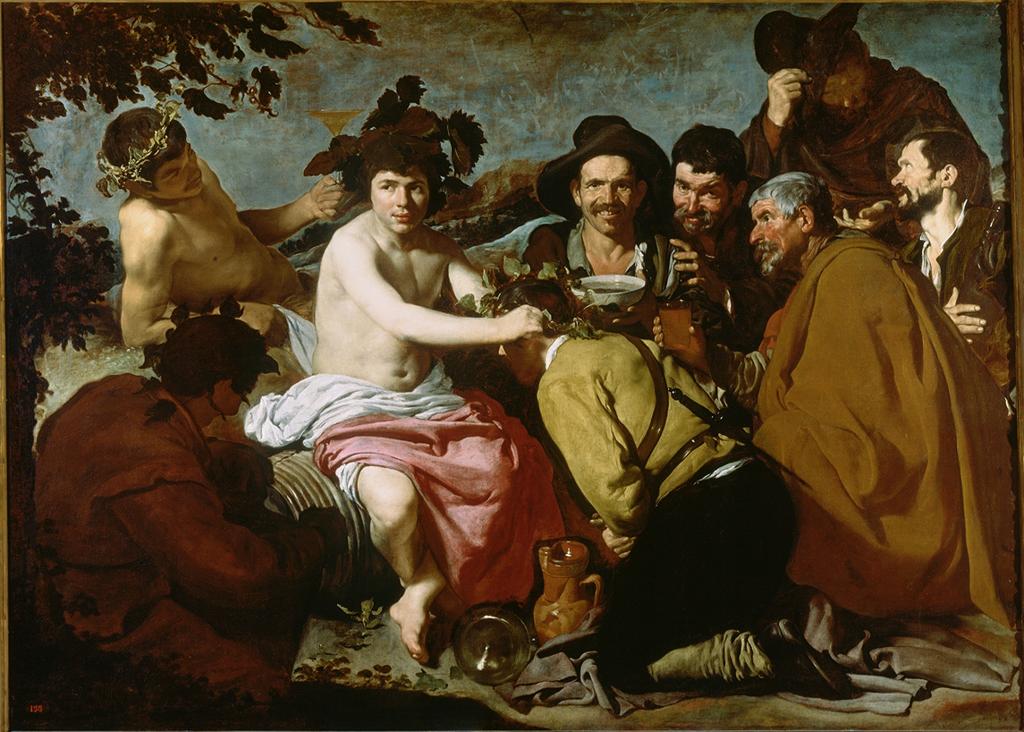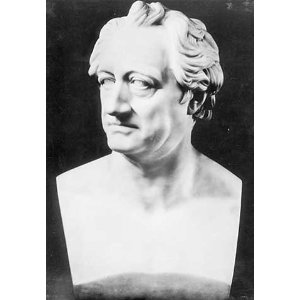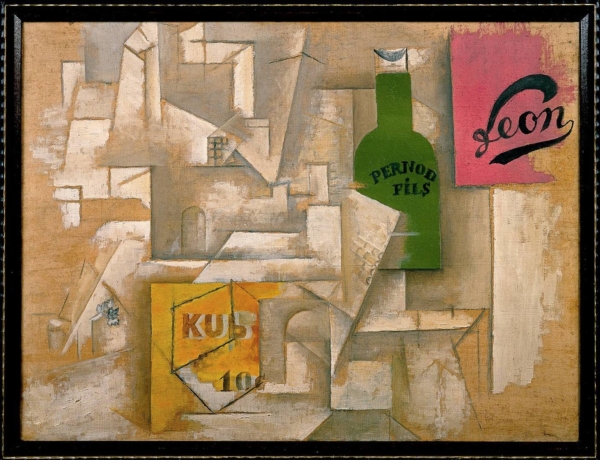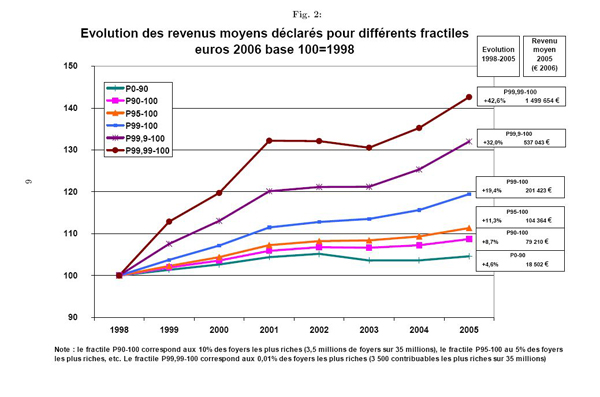
Anthony Caro’s Park Avenue Series
Eventually the Park Avenue series will be recognized as one of the major triumphs of Caro’s long and distinguished career, and in particular as a knockdown demonstration of the continued viability of high modernist abstraction in the face of the widespread assumption that no such thing is any longer even conceivable.

